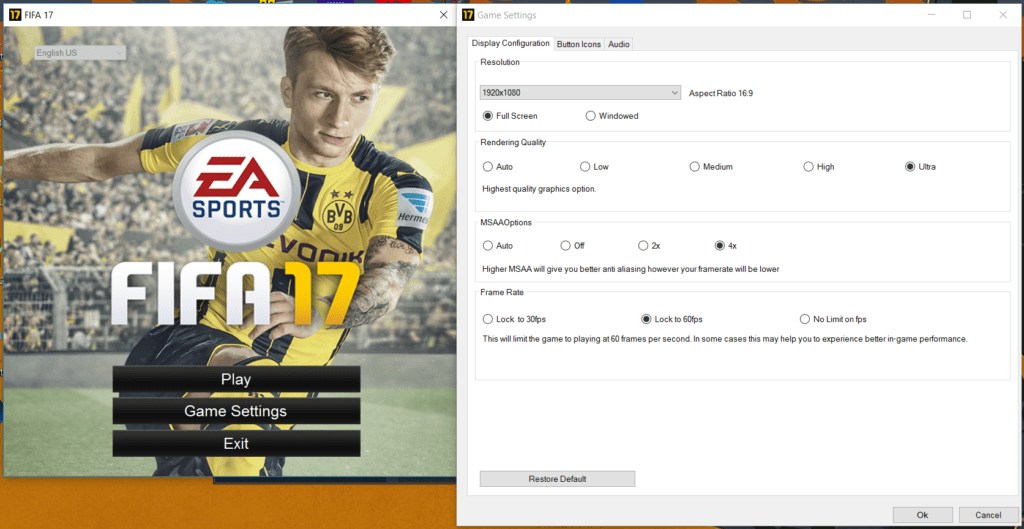

One simple piece of advice is to include a sell-on fee if you have no intention of selling the player. That is why it is so important to use the in-game scouts to fill in a full report of your main targets so you know players' transfer value and current wages. After a failed negotiation, you will be made to wait a couple of weeks before you can approach that player again. This is a quicker method but slightly riskier, as you have less control over the deal.Īs mentioned above, become too greedy and you could miss out on the player entirely.

Instead, you can simply delegate the transfer to your assistant manager, giving them a maximum transfer fee or wage to agree on. However, you don't have to go through these scenes if you don't want to. Successfully navigate through both these scenes and the player will join your club. The bonuses and release clauses aren't always required, but some players may demand to have them in their contracts. Next, during the contract negotiations, you will need to agree on the contract length, weekly wages, squad role, goal scoring bonus, clean-sheet bonus and release clause.

The club will then either accept the offer, or you will be given the chance to counter – unless your bid is so low that the club official storms out of the room and refuses to hear out any more negotiations from you for a while. Introduced a couple of years ago, any negotiation will take place in two cut scenes - one where you agree on a transfer fee with a club and a second where you agree on a contract with a player and his agent.ĭuring the first stage, you will meet with a club official and attempt to agree on a transfer fee, with the option to add a player and/or sell-on fee if you want to sweeten the deal. The transfer window is the best part of any Career Mode save, though it can be frustrating if you miss out on your first-choice target because you tried too hard to get a bargain.


 0 kommentar(er)
0 kommentar(er)
